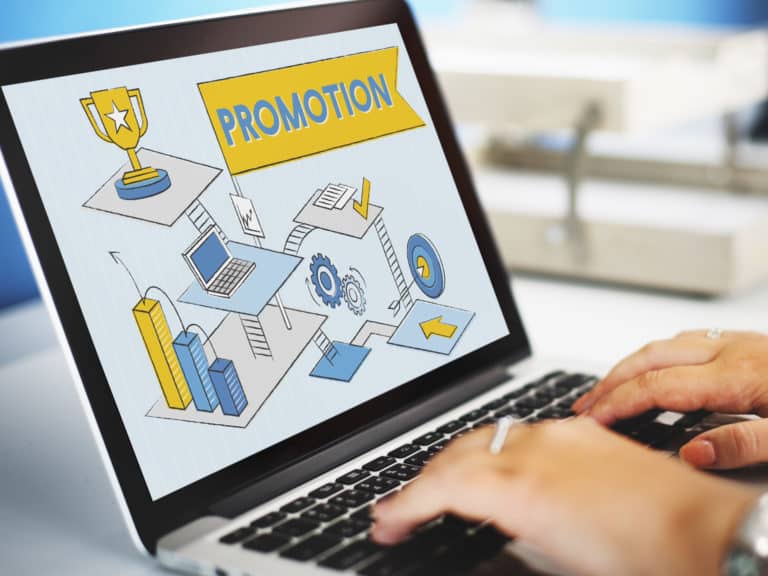How to Create a Successful Law Firm Marketing Funnel
If you were to go back 20 years, you would see that law firm marketing was starkly different than it is today. You would see more billboards, late-night infomercials, neighborhood flyers, and newspaper ads. These days, we have websites, SEO, pay-per-click ads, and social media marketing. The options available to lawyers today give them countless opportunities to grow their practice.
Wildly successful lawyers in 1999 and 2019 have one thing in common: they have a process to convert a prospect into a paying client. This process is called a marketing funnel. And the law firm’s marketing funnel is the backbone of its marketing strategy.
What’s a Law Firm Marketing Funnel?
Imagine taking your clients on a journey. On this journey, they first learn who you are and what you do. Next, they become familiar with your message, your brand, and what you can offer them. Lastly, they reach the point where it’s time for them to connect with your company and become a client.
This hypothetical journey is what’s called a marketing funnel. If you advertise online (or simply advertise at all), you will want to adopt this marketing model for your law firm.
The top of the funnel is the widest. This is where most of your prospects will enter the journey. This is where awareness of who you are is generated.
The middle is where you begin to convince your prospects that you’re the right choice to handle whatever legal problem they’re facing.
The bottom (which is where you want all of the prospects who enter your funnel to end up) is where the prospect makes the final decision to become a client.
Why You Need a Funnel
Marketing your law firm without a funnel is like arranging a puzzle while wearing a blindfold. Your funnel provides the much-needed structure for your law firm’s marketing strategy. In each stage of the funnel, you push your prospects in the direction you want them to go.
Understand that there is no one-size-fits-all funnel. A personal injury lawyer may have a different funnel than an employment lawyer. Not all of your prospects will enter your funnel from the top; some may enter towards the end. But understand this: principles are principles, and your funnel will be the bread and butter of your marketing strategy.
Your marketing funnel provides much-needed structure to your strategy. It will also provide light on where you need to focus: some firms need more prospects at the top of their funnel, while others may need to focus on bottom-of-funnel activities.
The Top of the Funnel: Attract
The top of the funnel is where you’ll find most prospects. This is where your prospects will learn they have a problem. They know they need a lawyer, and will begin seeking one out. To properly set up the top of your funnel, you’ll need (generally speaking) two things:
- A website
- A traffic source
Your website is where your prospects will find you online. Your website needs to explain who you are and why you’re the best choice to solve your client’s problems effectively. Many firms make the mistake of using their website as a digital brochure for their prospects to read in their spare time. You need to treat your website like a digital net for catching interesting prospects. It needs to be built with your sales funnel in mind. Here’s the mark for a good website:
- A nice layout
- Strong content
- Numerous call-to-actions
- Fast loading times
- A smooth user experience
Traffic is how people are going to find your website. When marketing online, you have many options: organic SEO, paid search advertising, social media advertising, banner ads, and content marketing. While some traffic sources can be better than others, we’re not going to delve into what traffic sources you should focus on. Find a traffic source and stick with it. The goal when building the top of your funnel is to create an environment where you get as many qualified prospects as possible.
The top of the funnel should be wide. You want as many people as you can get to enter your funnel at this stage. Understand that as they travel down the funnel, it gets narrower and your crop of prospects will begin to dwindle. The most important things to acquire during this stage are awareness and attention.
Once you have their attention, you want to secure their contact information for the next stage of the funnel.
The Middle of the Funnel: Convince
The middle of the funnel is where you must begin to engage with your prospects. At this point, they know who you are, and now they must be convinced that you are the right choice to solve their issue. The purpose of your funnel activities at this stage is to move them into booking you for the first consultation.
This is the stage where the client begins to really evaluate your firm. Your prospects may need to see reviews, good website content, testimonials, video content, etc. At this point, they’re likely comparing you against a field of other lawyers. You will need to pass their critical eye test. Your law firm reputation online needs to be impeccable, and there should be few doubts from the client regarding your firm.
The End of the Funnel: Close
The bottom of the funnel is where you must connect with your prospects. You want engagement and conversations. An around-the-clock web chat would be good to have on your website. If you’ve been sending emails to your database of leads, send emails that move them towards a decision (e.g. booking a consultation). Your web content can play a vital role as well; make sure it’s high quality and loaded with call-to-actions to compel them towards a decision.
Have a system for how you deal with inquiries. You may find it necessary for people to fill out a contact form to get in touch with you. When you get a call or email from someone, the response should be quick and not too complex. You need to make it as easy as possible for the prospect to make a decision.
Every call with a prospective client needs to be followed up on. Even if on the initial call the client seems unsure of making a decision, follow up. Let the client tell you to stop contacting them. If you have a database of leads, you can also use email marketing to follow up with them.
You may want to offer a free consultation to compel prospects to make a decision. If you go this route, make sure you set expectations and make it clear what the prospect can expect. Before the consultation, it would be a good idea for the prospect to fill out a form that asks them qualifying questions. The goal of the consultation is to move them to make a final decision. Again, remember to follow up after the meeting.
Managing Your Law Firm Marketing Funnel
Your funnel is used to construct your broad law firm marketing strategy. Every lawyer is different, and you don’t need to follow every suggestion in this blog post. But one thing is certain: you need a marketing funnel to get the most out of your sales process.
Once you’ve developed a funnel, the next step is to measure your results. Once you have baseline metrics to refer to, you can better optimize and manage the funnel.
Measure traffic. If you’re doing some sort of online marketing, you should have analytics tracking to record how many people are visiting your site per day, what pages they visit, and what percentage of visitors contact you.
Implement a good CRM. You should be logging all inquiries (whether by phone or by email) into a CRM. You need to be organized to be able to see how your funnel is performing clearly. Having a good CRM will allow you to easily track how many people are contacting, and it’ll give you an easy platform to follow up with them.
Refine and Optimize. Consistently review your analytics to gain a better understanding of how you’re performing, and you can make the necessary changes from there. If you know you’re not getting enough leads at the top of the funnel, you need to increase your traffic. If you know you’re getting enough traffic, but the leads aren’t converting into clients, there may be issues with your website, your content, or online reputation, or something else. Once you can clearly see the holes in your funnel, you can get to work on patching them up.
The truth is the average law firm doesn’t really put much conscious thought and strategy behind its marketing. Most simply throw some money into SEO or Google Ads and hope for the best. By reading and applying the tips in the blog post, you’ll be ahead of most other firms.
Marketing is effective when you have a solid structure, and you use data and performance to guide your next move. Implement the strategies in this post, and you’ll see the quantity and quality of your firm’s sales leads explode.


















